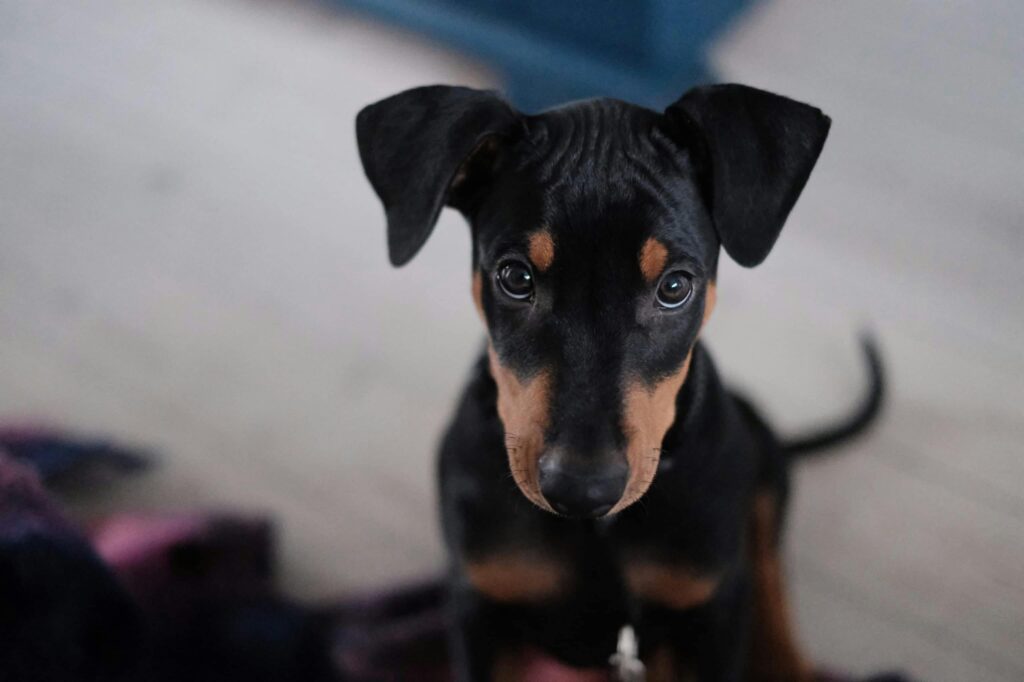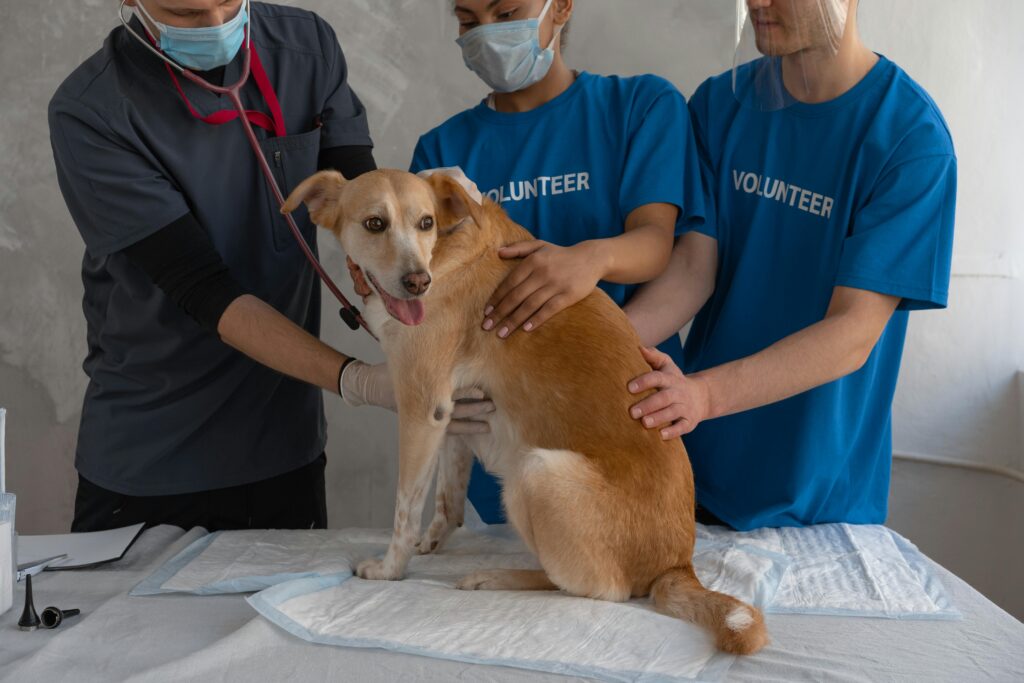
Bringing home a new puppy is exciting, but just like babies, puppies are curious and love to explore. To keep your furry friend safe and protect your belongings, it’s essential to prepare your space properly. This complete guide on Puppy-Proofing Your Home will walk you through each room with practical steps to create a safe, puppy-friendly environment.
Why Puppy-Proofing Your Home Is Important
Puppies use their mouths to explore, and that means they might chew on wires, swallow small items, or get into harmful substances. Puppy-proofing isn’t just about protecting your stuff—it’s about preventing injuries, illness, and accidents that can be costly and dangerous.
Living Room
Start with the space your puppy will likely spend the most time in. Hide electrical cords behind furniture or use protective covers to prevent chewing. Keep small objects like coins, batteries, remote controls, and children’s toys out of reach. Secure heavy furniture or decorations that could fall if bumped. Houseplants should be checked too—many are toxic to dogs, including peace lilies and pothos.
Kitchen
Kitchens are full of hazards for curious puppies. Use child-proof latches on lower cabinets and drawers to keep cleaning products, sharp tools, and trash secure. Keep food off the counters and always close the fridge, dishwasher, and oven doors. Many common foods like chocolate, onions, and grapes are toxic to dogs, so make sure these are never accessible.
Bathroom
Close the toilet lid to prevent drinking from it, which can expose your pup to harmful bacteria or cleaning chemicals. Store all medications, cleaning products, and personal care items in high cabinets or locked drawers. Watch out for small items like razors, cotton swabs, and hair ties—they can be choking hazards.
Bedroom
Keep shoes, clothing, and electrical cords tucked away. Place trash bins on a shelf or inside a closed cabinet. Remove small objects from nightstands or under the bed where a curious puppy might reach. If you use essential oils or scented candles, ensure they are stored safely as some scents can be harmful to pets.
Garage and Storage Areas
These areas often contain tools, chemicals, and sharp objects. Store antifreeze, fertilizers, and other chemicals in high, locked cabinets. Keep tools, nails, and screws in closed containers. Be cautious of sharp edges and heavy items that could fall. Puppies should be supervised in these areas or restricted completely.
Backyard and Balcony
If you have a backyard, check the fence for gaps or loose boards. Ensure there are no toxic plants like oleander or azaleas. Keep gardening tools and pesticides out of reach. For balconies, install barriers if necessary and never leave your puppy unsupervised—one jump or slip could be dangerous.
Create a Puppy-Safe Zone
While you may not be able to watch your puppy 24/7, setting up a designated area can help. Use baby gates or playpens to create a confined space filled with toys, water, and a comfy bed. This gives your puppy a safe place to relax while giving you peace of mind.
Tips for Ongoing Puppy Safety
Always get down to your puppy’s level and look for hidden dangers you might miss from above. Keep a checklist and regularly scan each room for new hazards as your puppy grows and becomes more curious. Supervision and training are key during these early months.
Conclusion
Puppy-Proofing Your Home isn’t a one-time task—it’s an ongoing process that helps ensure your puppy’s safety while protecting your belongings. With a bit of preparation and attention to detail, you’ll create a loving and secure space where your puppy can grow, explore, and thrive.

